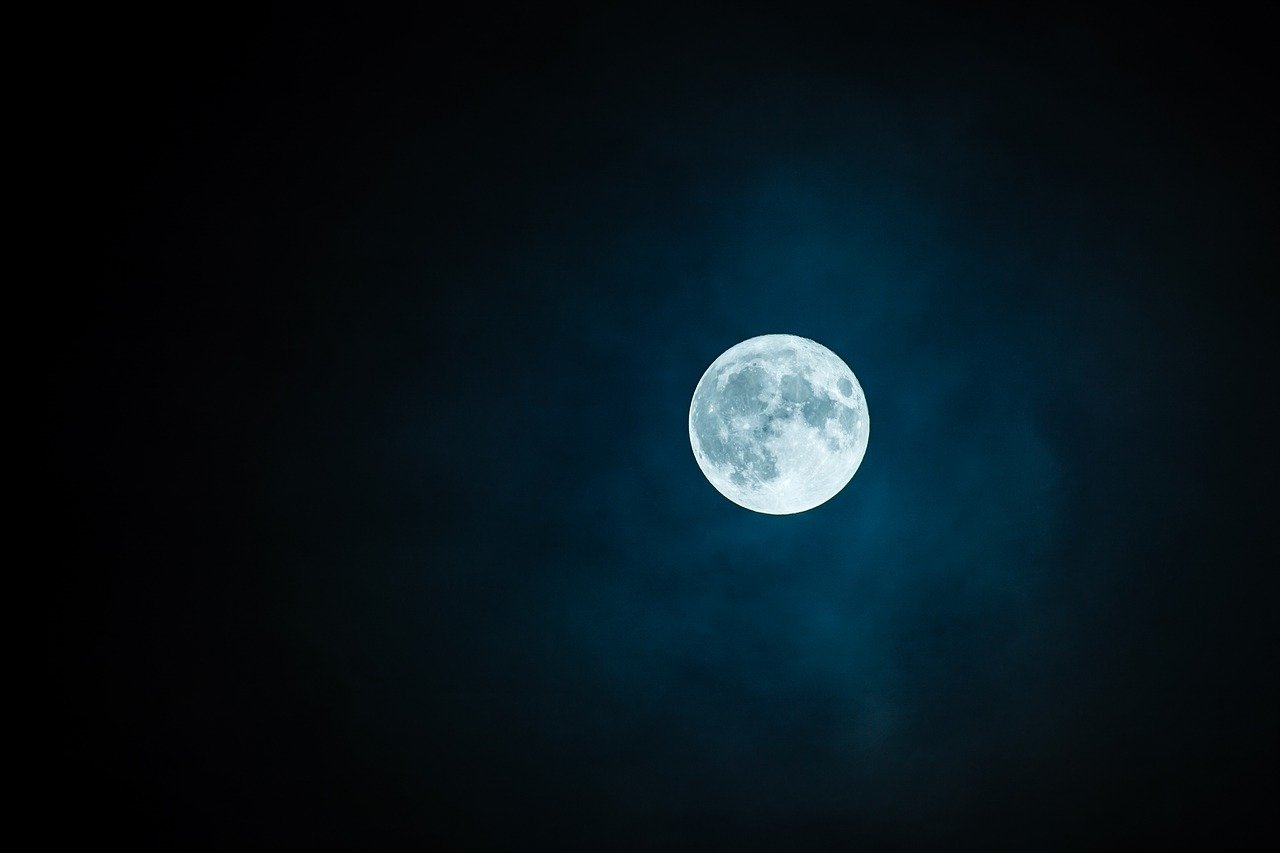Have you ever wondered why the moon shines? This is a question that has puzzled people for centuries. The moon is not a very bright object in the sky, it is even a satellite without life or atmosphere. So why does it stand out so much? In this article, we will explore the various reasons for this strange recurring astronomical phenomenon. We will also discuss some of the myths and legends that have been created around the moon. Enjoy your reading.
A scientific phenomenon

The moon is not a source of light, but it reflects the sunlight . When the sunlight hits the surface of the moon, part of it is reflected back into space. The brightness of our satellite can vary depending on its position relative to the sun. When the moon is aligned with the sun, we see a smaller portion of its surface illuminated and it appears darker in the sky. On the other hand, when the moon is positioned opposite the sun, we see the full moon, appearing much brighter.
What is the true color of the moon
For years, people have looked at the moon and wondered what its true color is. Is it a pale white? A cool blue? Or perhaps a deep, rich black? The moon is not actually any of these colors. The moon is what scientists call a “geological body,” which means it has no color of its own. The moon is actually very dark, with a reflectance similar to that of coal. Our brains interpret the moon as being much brighter than it actually is.

The moon is often said to have a yellow, orange, or red tint. So why does it sometimes look that way? The answer has to do with the way sunlight interacts with the moon’s surface. When the sun is high in the sky, its light strikes the moon directly. This direct light is very bright and gives the moon a white appearance. In contrast, when the sun is low on the horizon, its light must travel through more of the Earth’s atmosphere before reaching the moon. This long journey scatters some of the sunlight, which then takes on a yellow, orange or red hue. As a result, the moon’s appearance can change depending on the time of day and weather conditions on Earth.
The next time you are admiring the moonlit sky and trying to get the best shot of our natural satellite, remember that you are seeing sunlight that has been reflected by the moon.
Theories and myths behind the brightness of the moon
Now you know that moonlight is reflected sunlight. But where do the myths and theories behind this reflection come from? A popular story says that a man named Selene fell in love with a young shepherd named Endymion. Selene begged Zeus to allow Endymion to sleep forever so that he would not grow old and die. Zeus granted her request and Endymion was placed in an eternal sleep. Selene visited him every night, and his tears turned into the silver light of the moon.
For centuries, people have gazed at the moon in wonder, trying to decipher the mysteries behind its light. According to Greek mythology, the moon was created when the hero Perseus cut off the head of the evil Gorgon Medusa and used her blood to turn the white moon rocks red.

In Norse mythology, two wolves are said to chase the sun and moon across the sky, causing them to wax and wane. Some say this is an optical illusion caused by the way the sunlight reflects off its surface. Others believe that the moon actually emits its own light. Either way, the moon continues to fascinate people around the world.
Which planet shines brightest in the sky?
When it comes to planets, brightness is not always an accurate indicator of luminosity. In fact, the brightness of a planet is determined by the reflectivity of its surface, which can vary greatly depending on the composition of the surface. For example, Venus has a very reflective surface and is therefore one of the brightest planets in the sky. It is also calledShepherd’s Starit is a kind of time marker for shepherds, who, seeing it, knew that they could bring in their animals.

In contrast, Mars has a much darker surface, which reflects less light and makes it appear darker. When all factors are taken into account, the brightest planet in the sky is actually Jupiter. This gas giant has a highly reflective atmosphere that reflects a significant amount of sunlight, making it appear bright, even at great distances
Sources:
- lpi.usra.edu – Does the Moon Make It’s Own Light
- universetoday.com – Why does the moon shine (EN)
- wtamu.edu – Why is the moon so bright?





